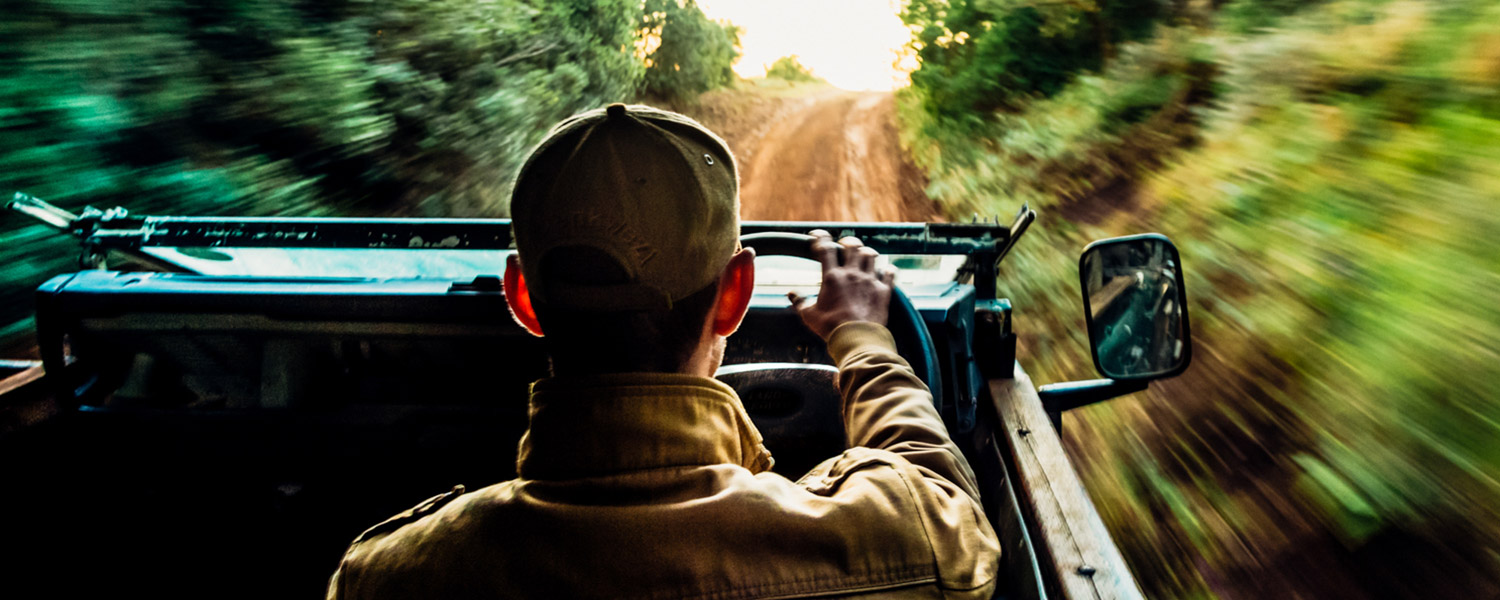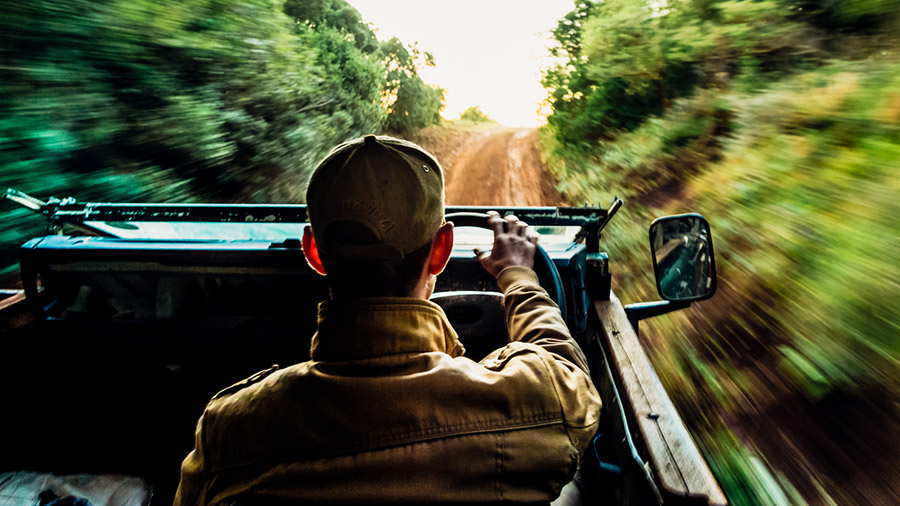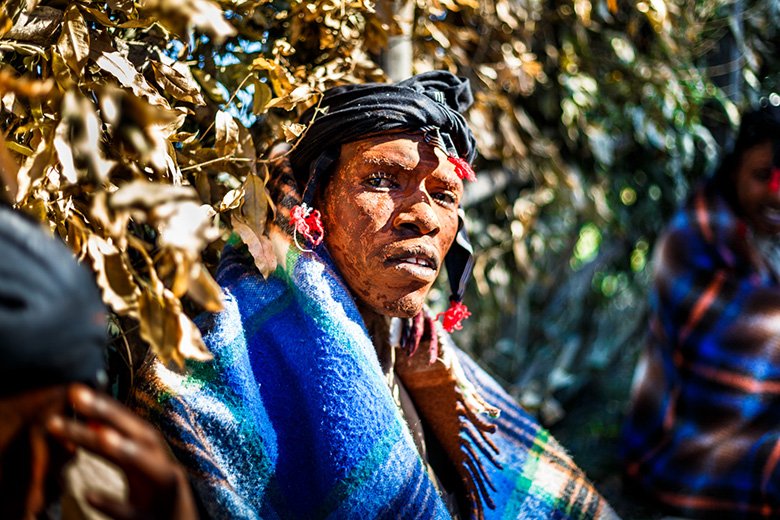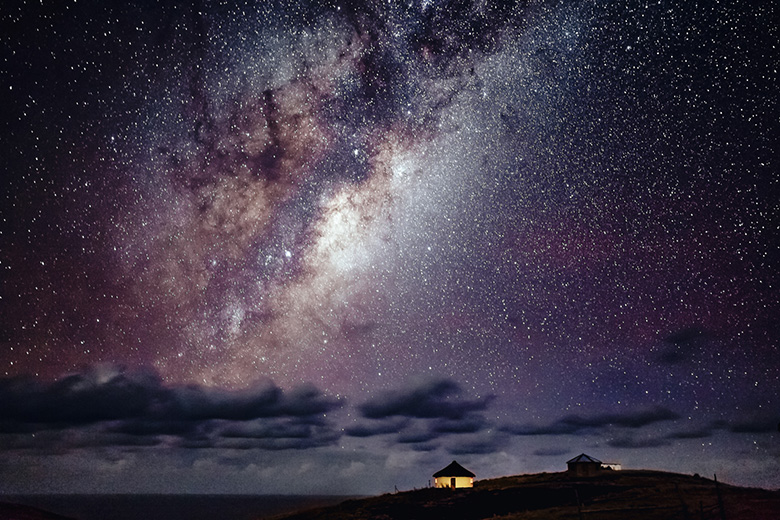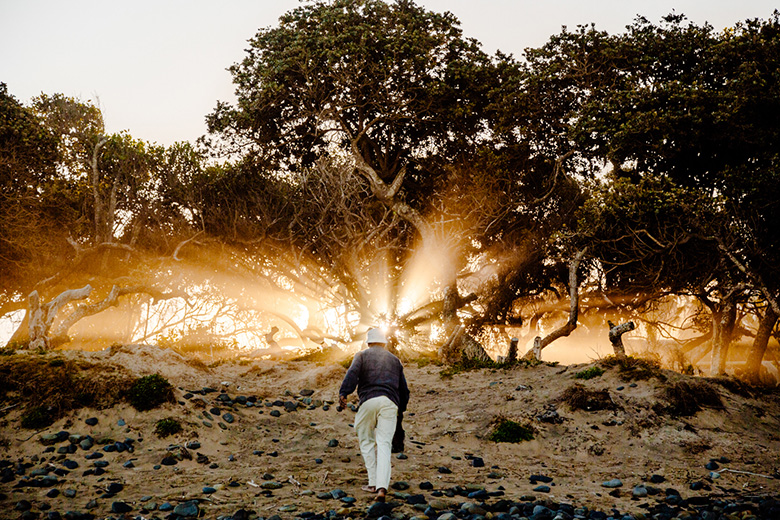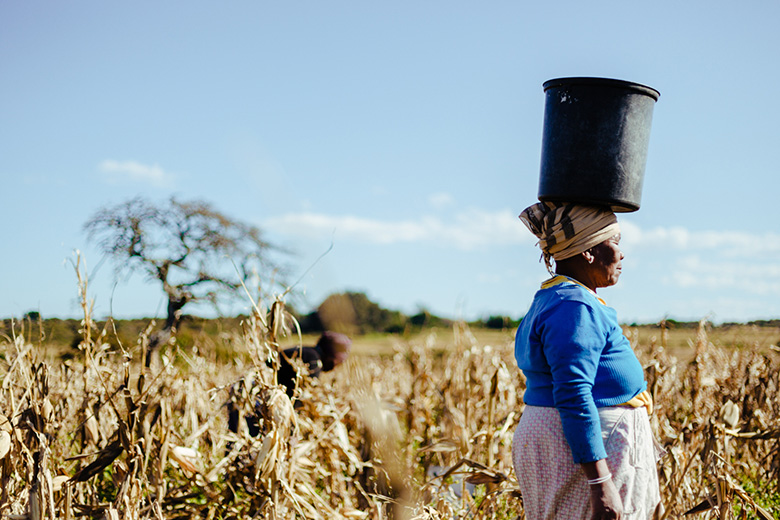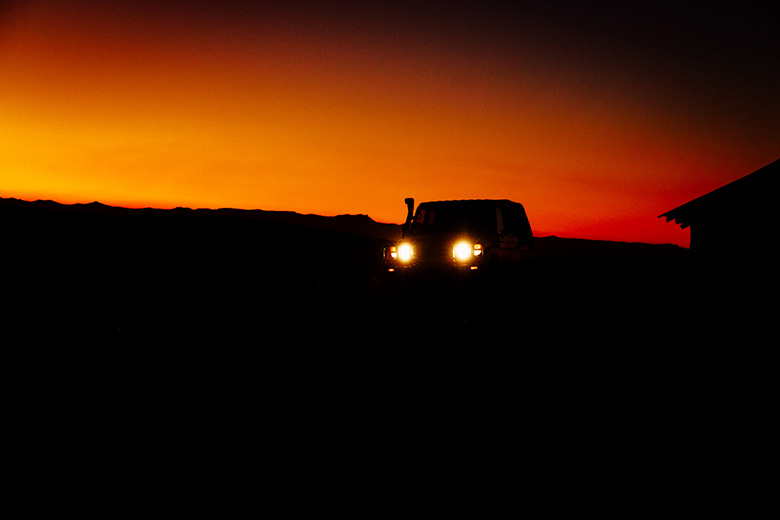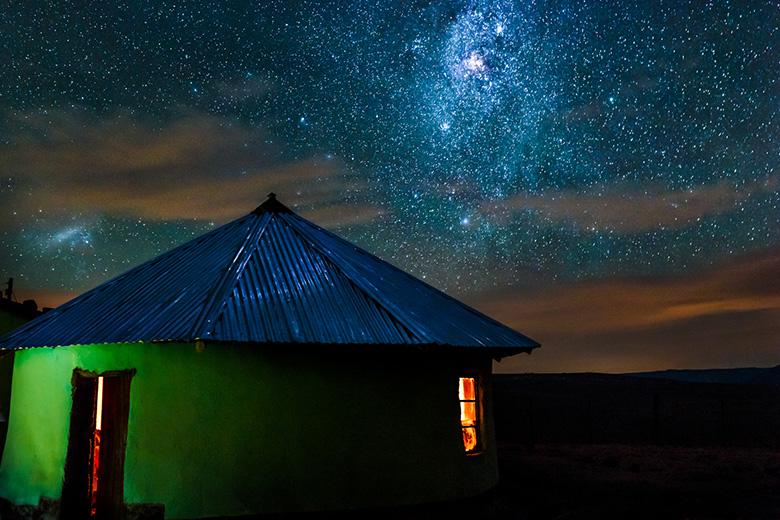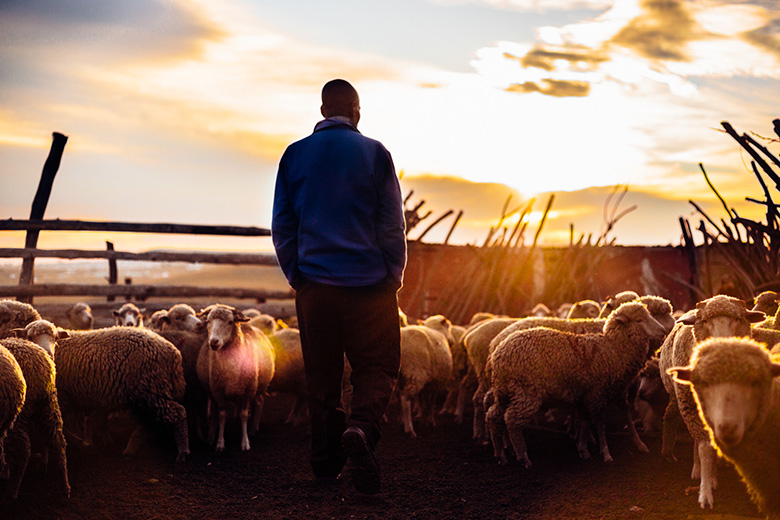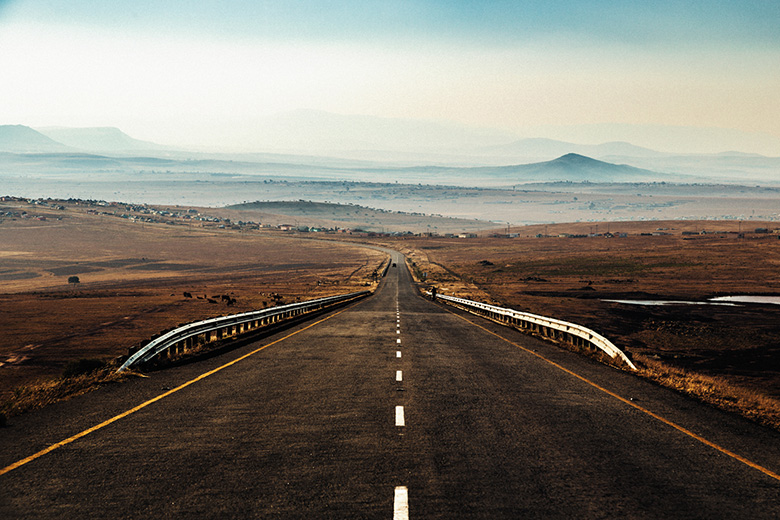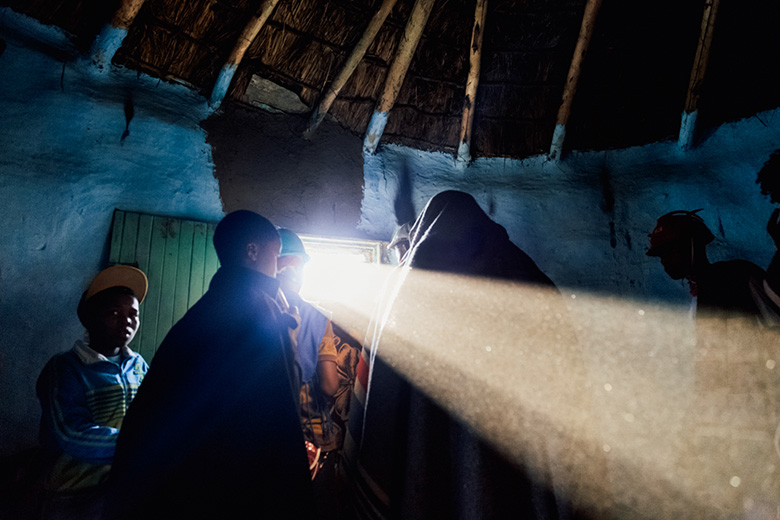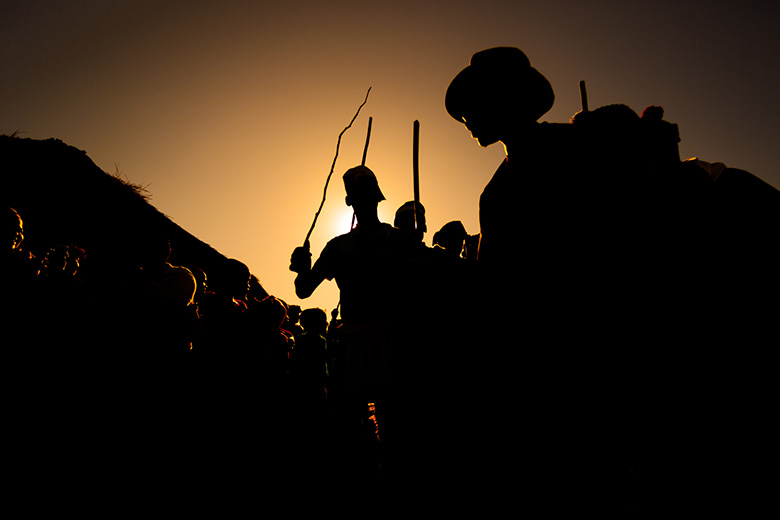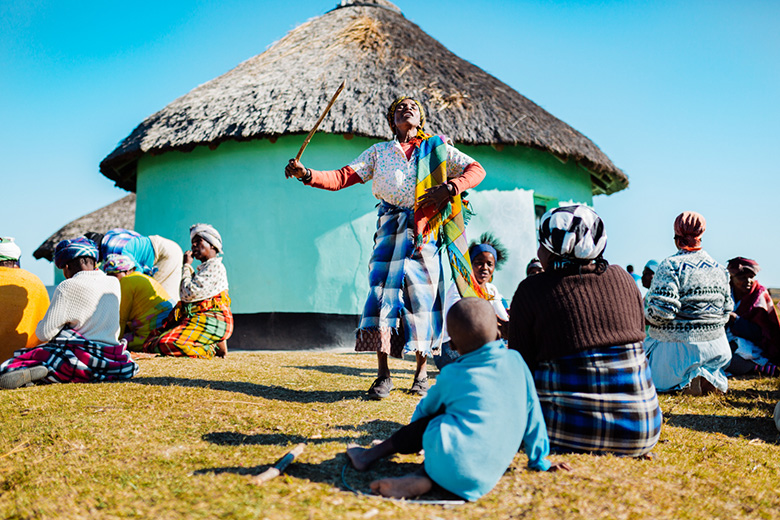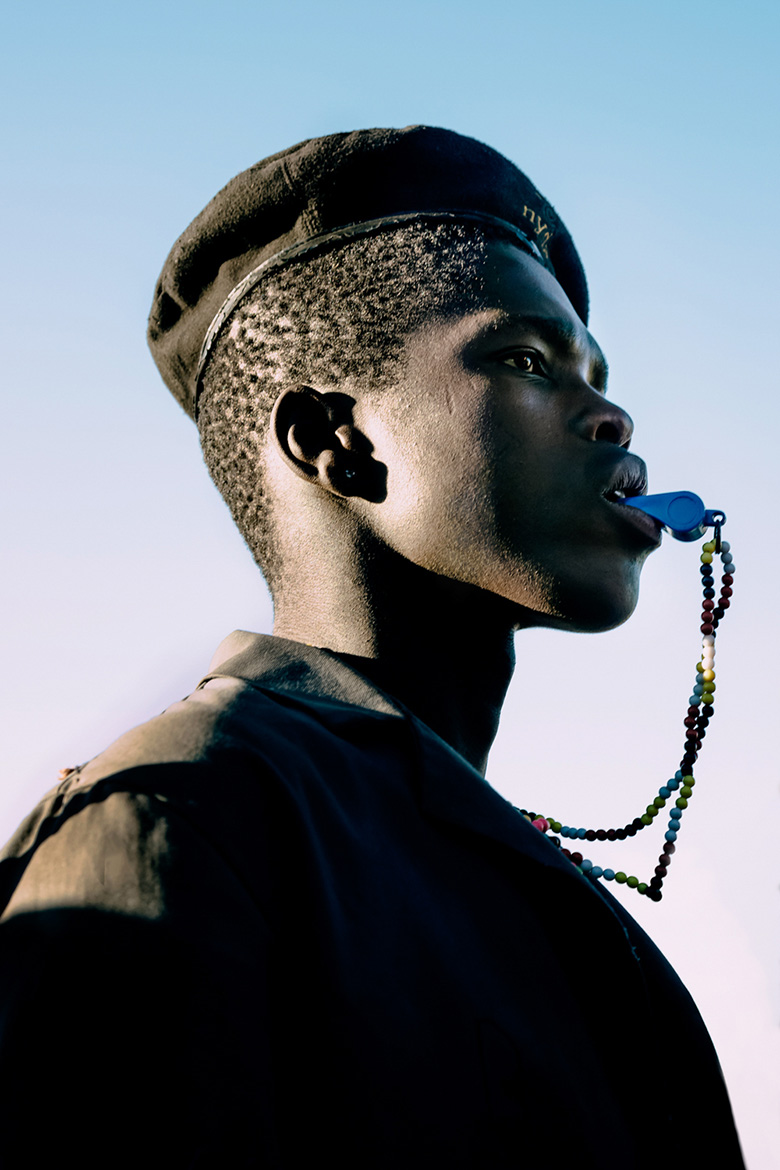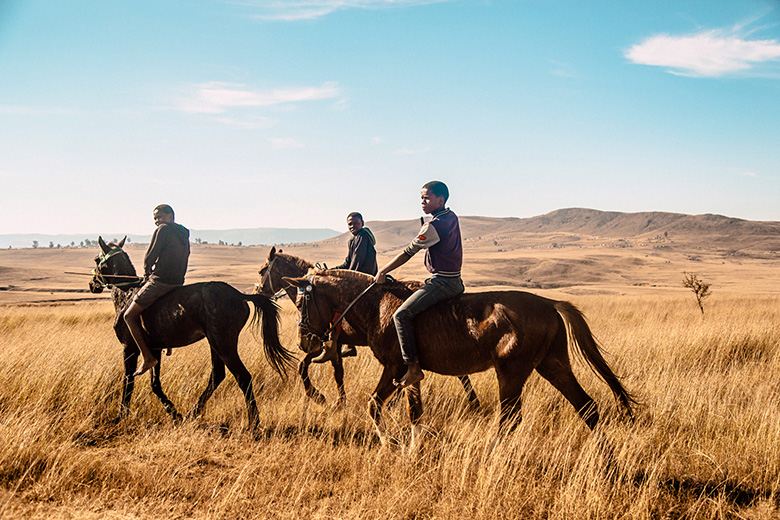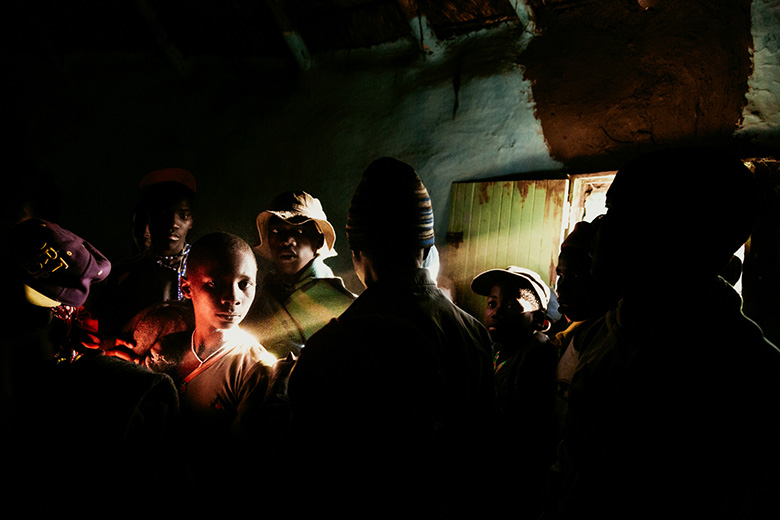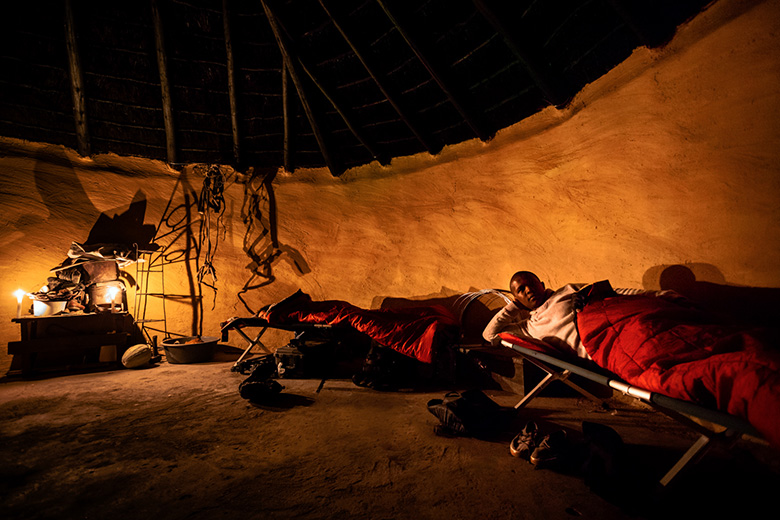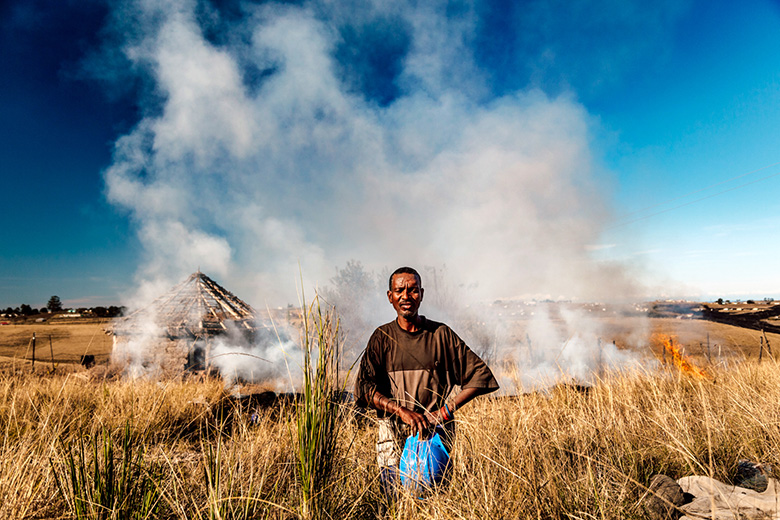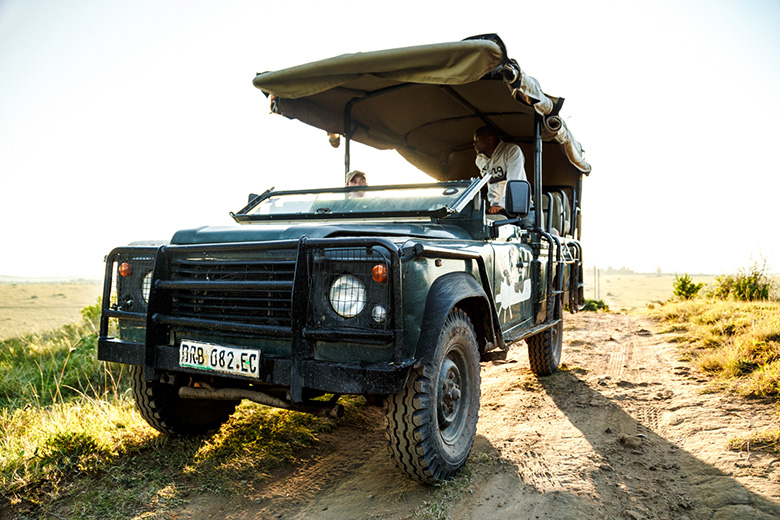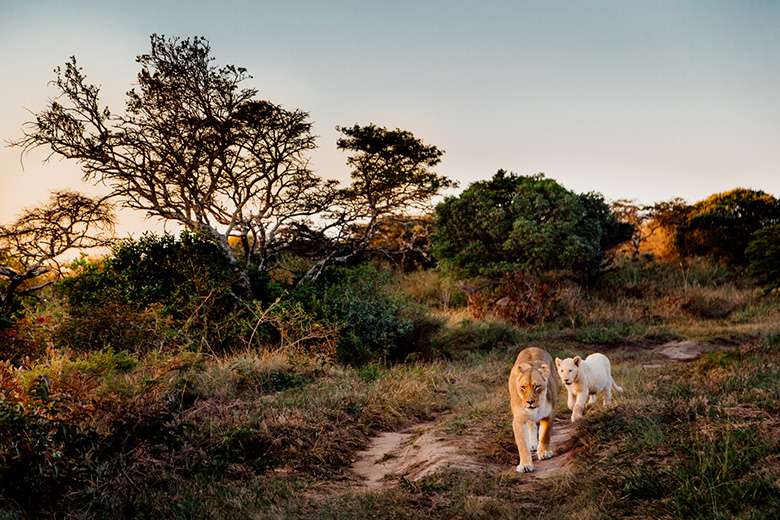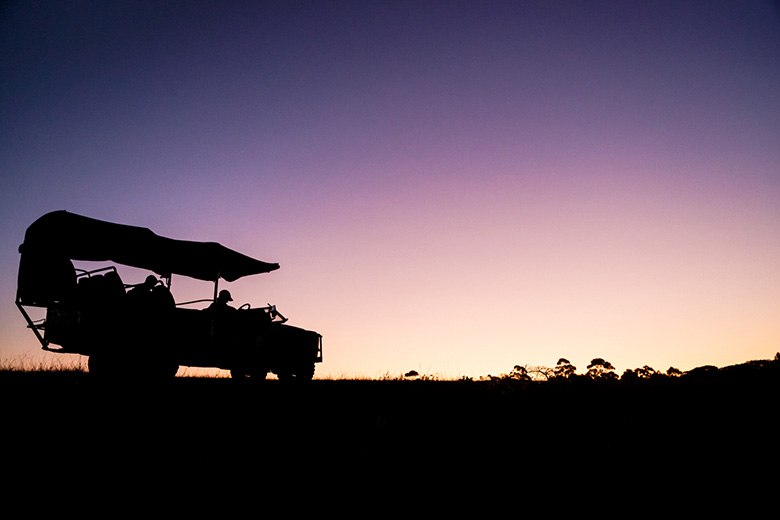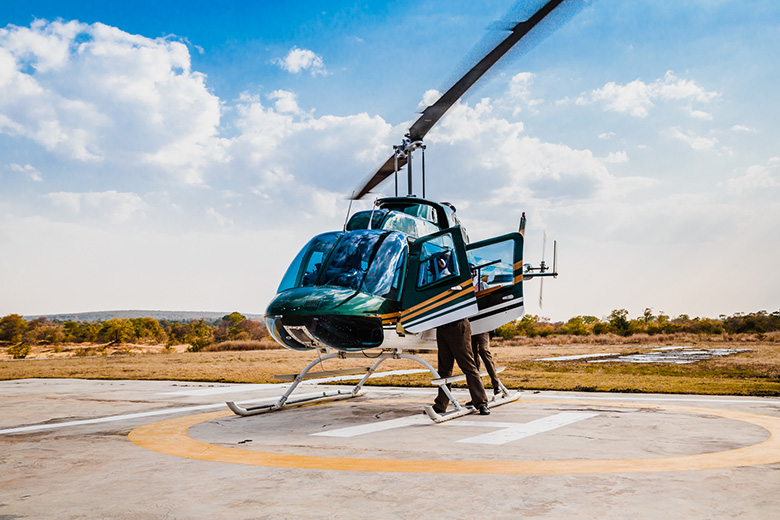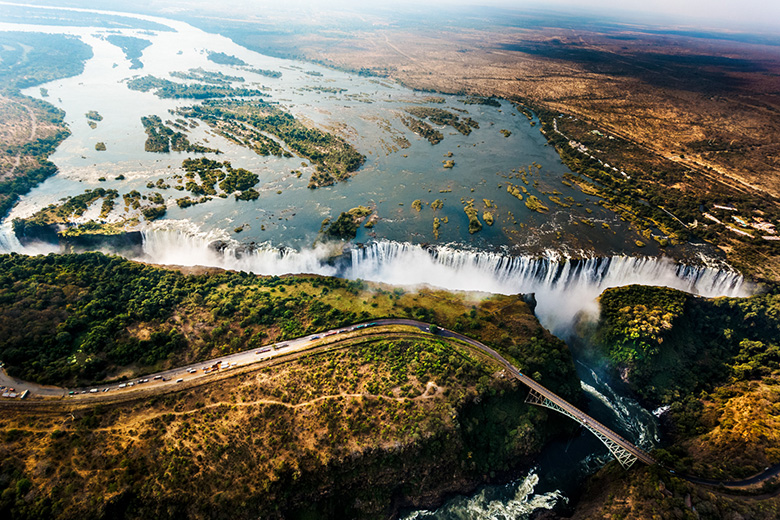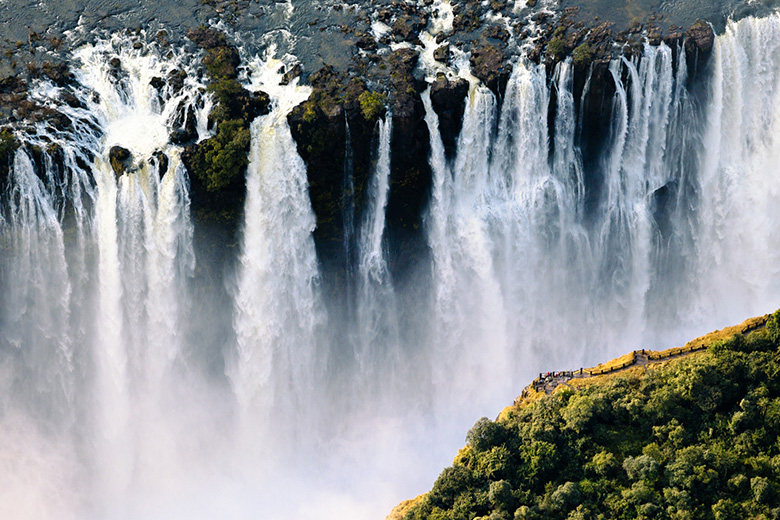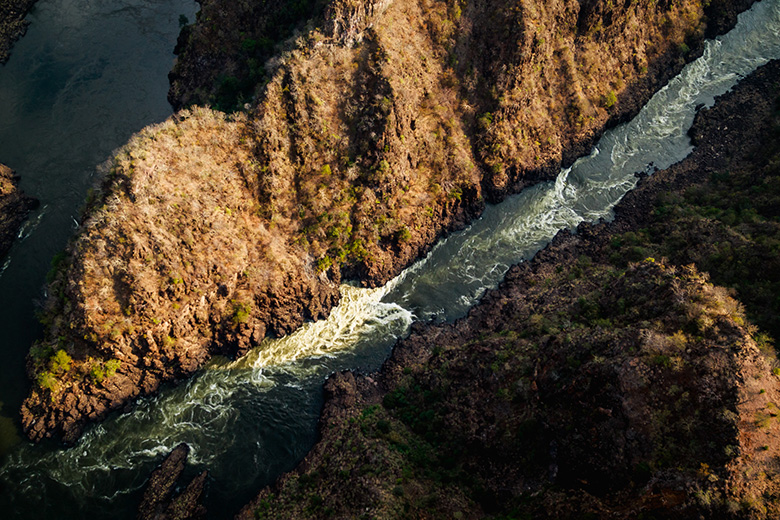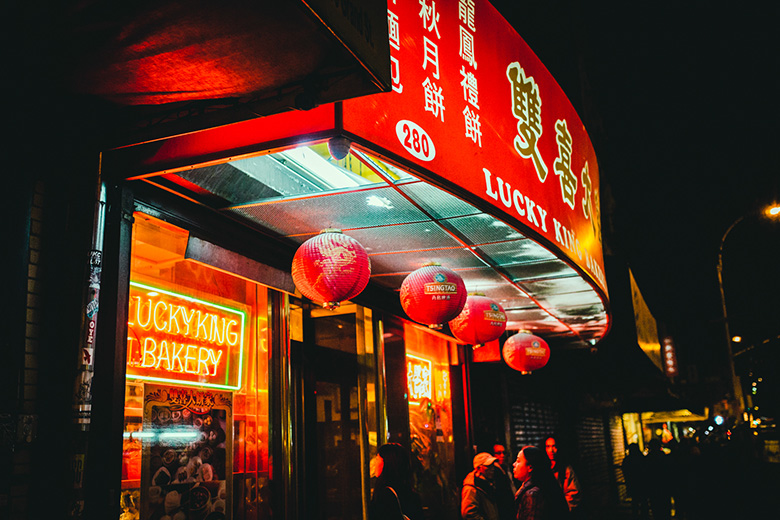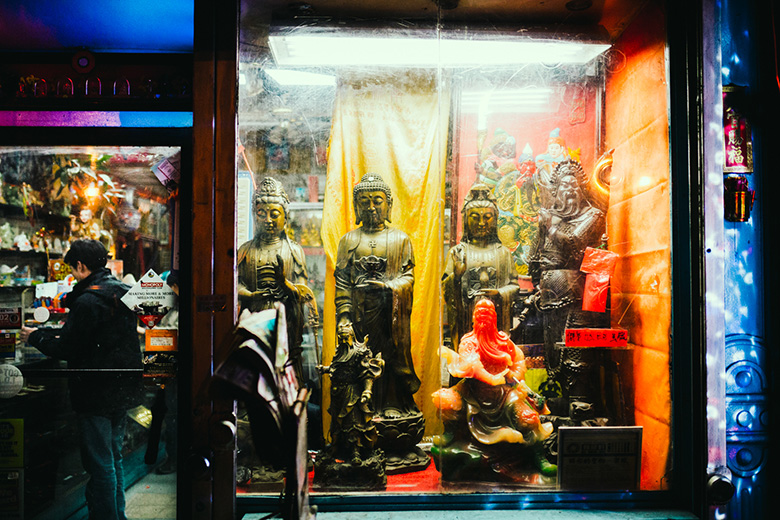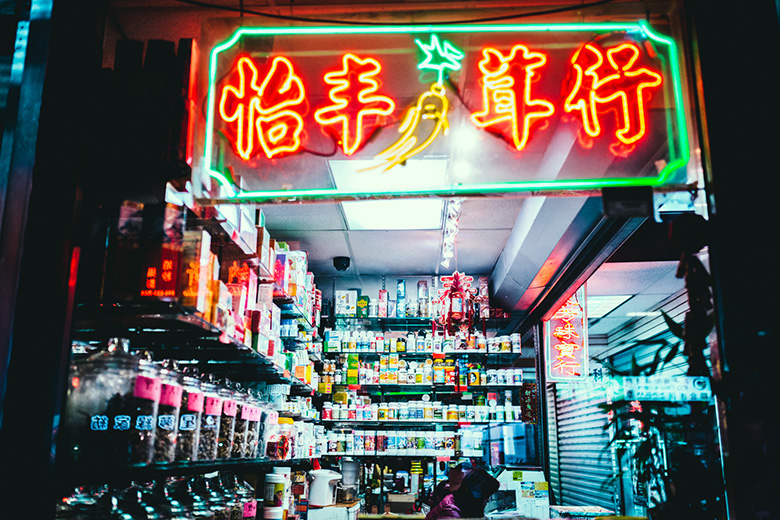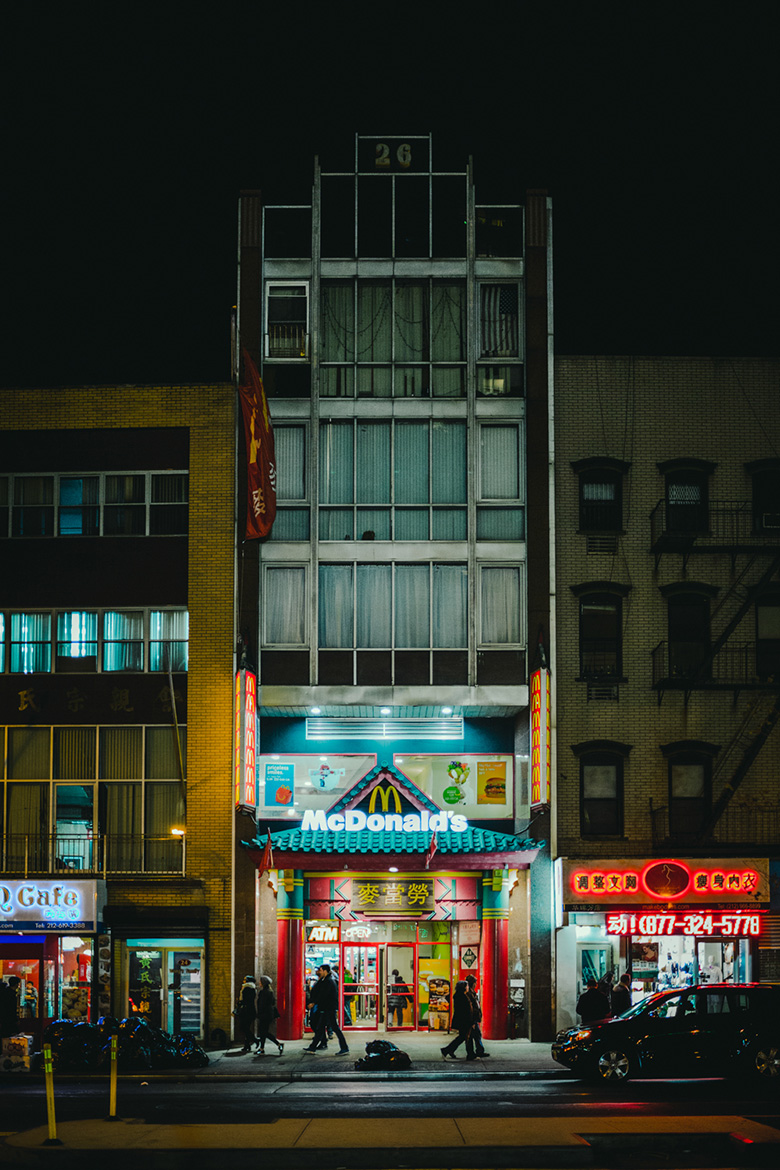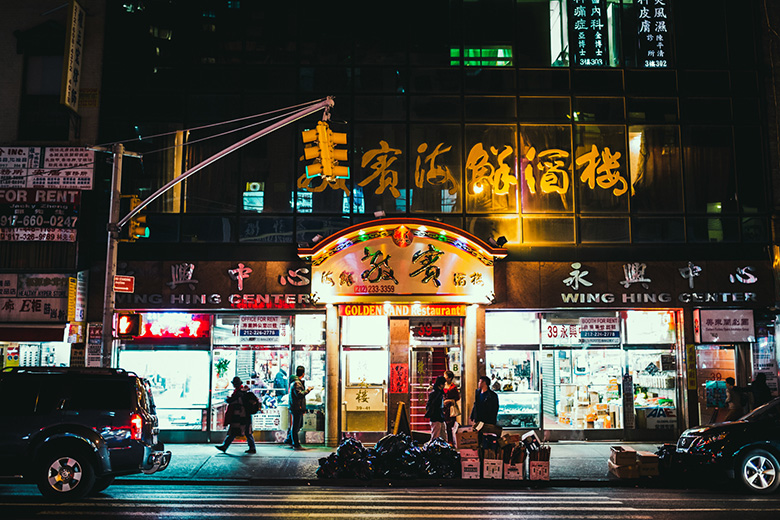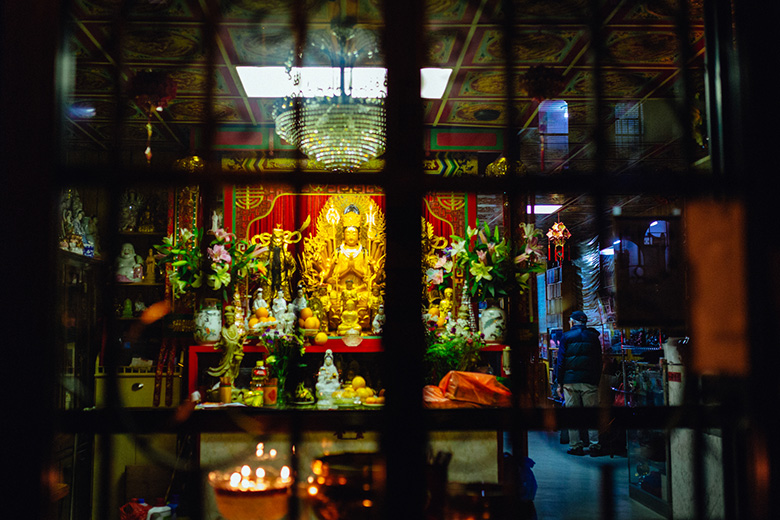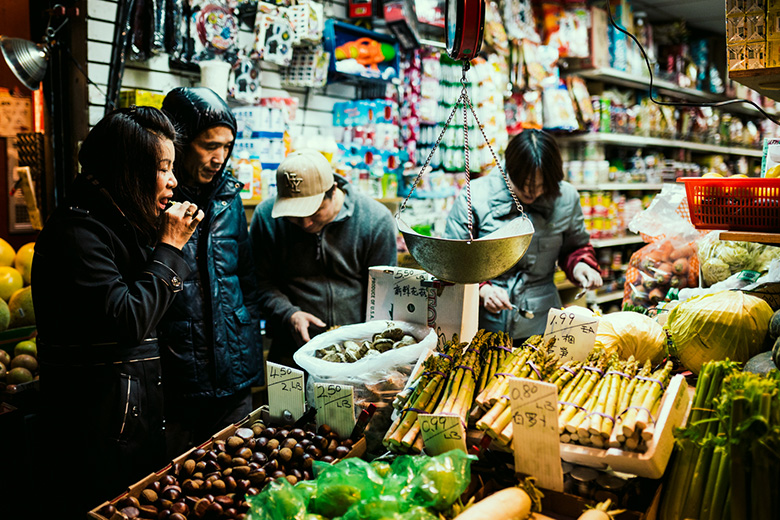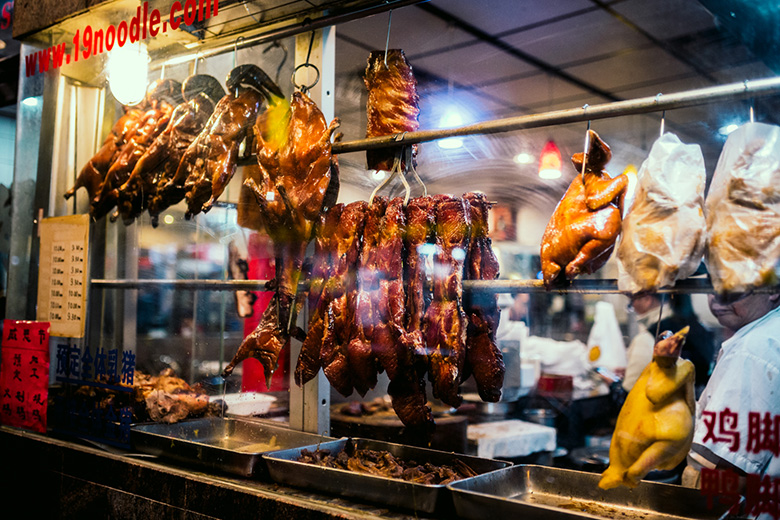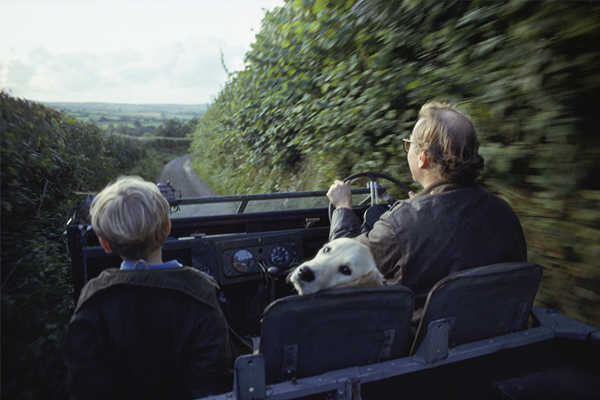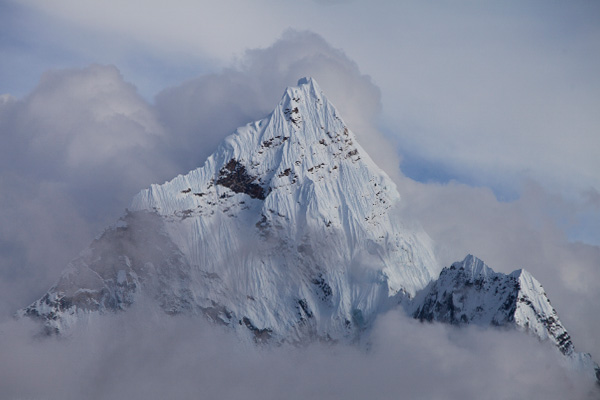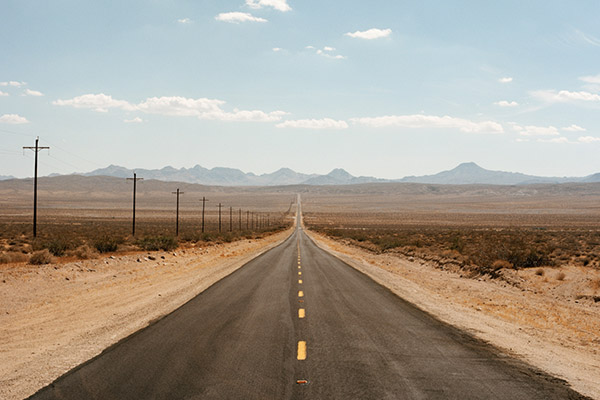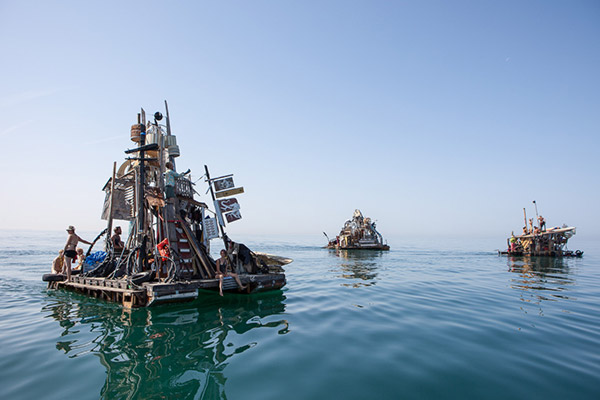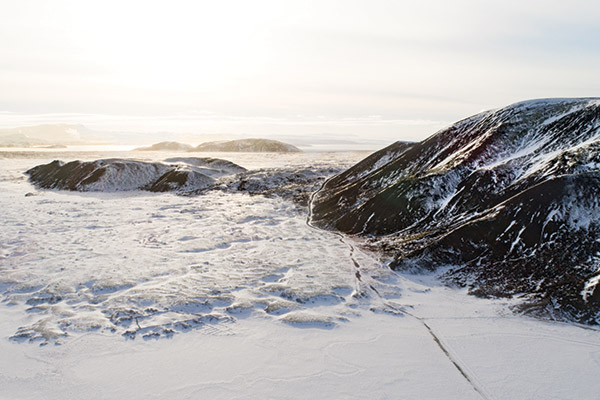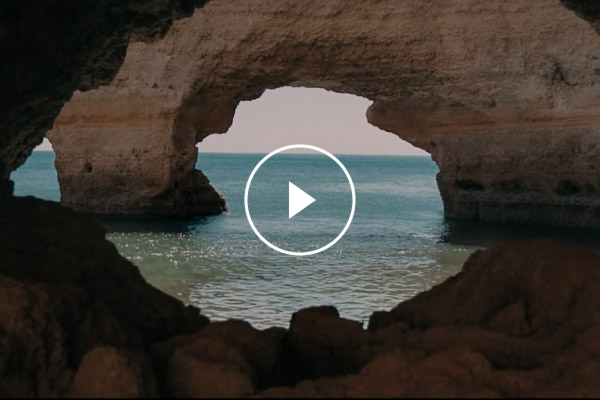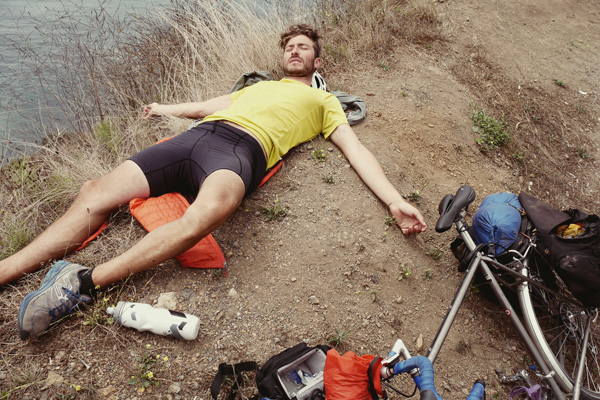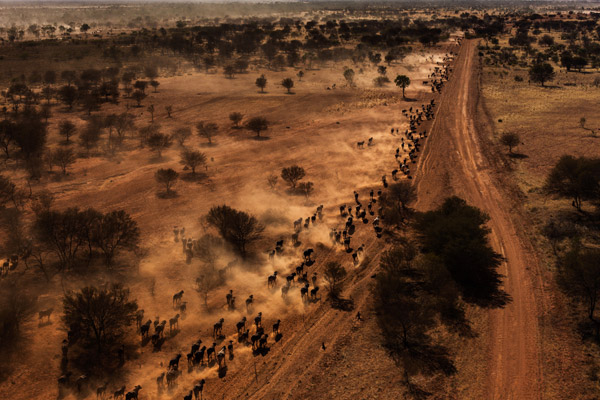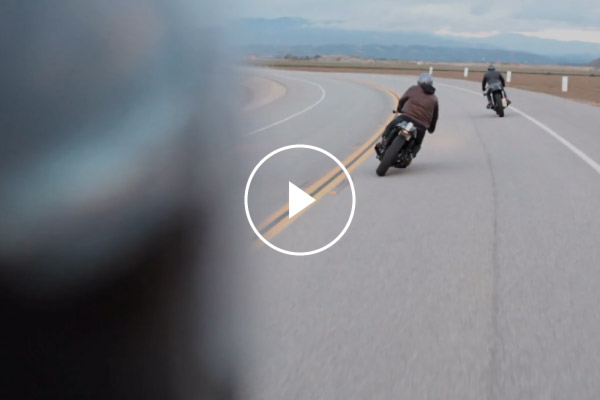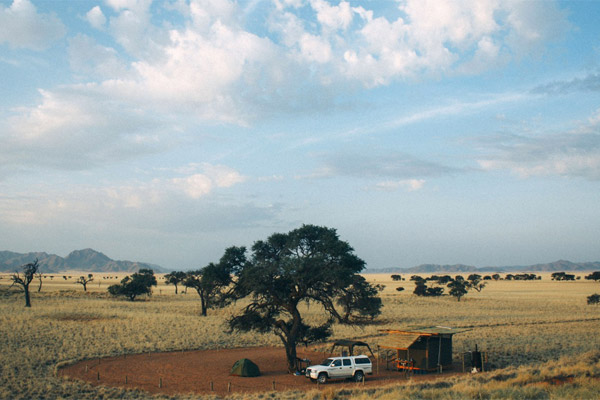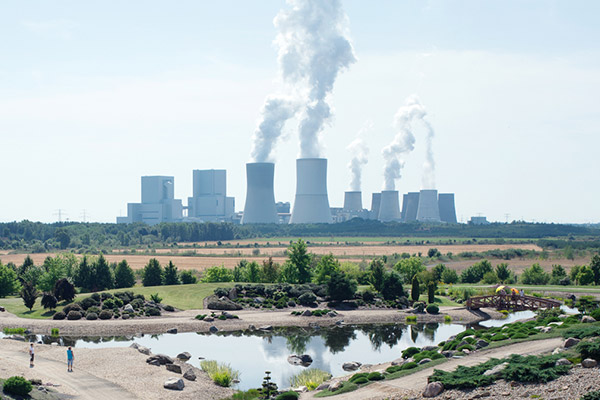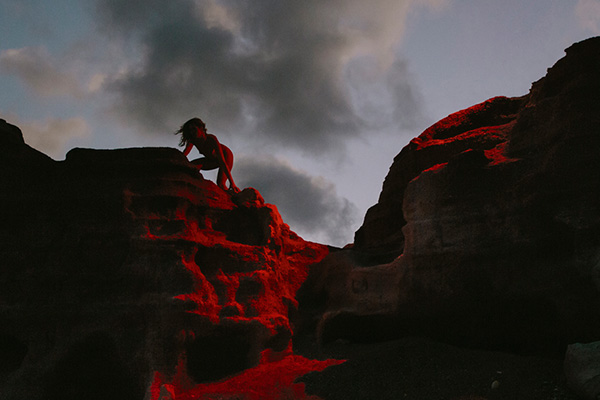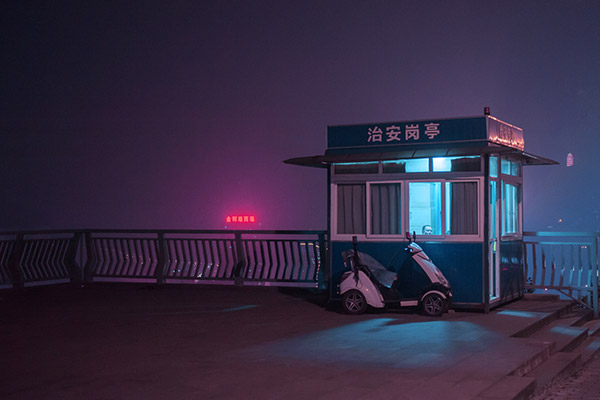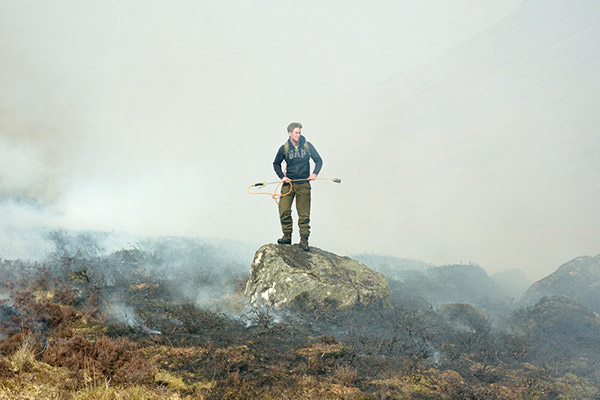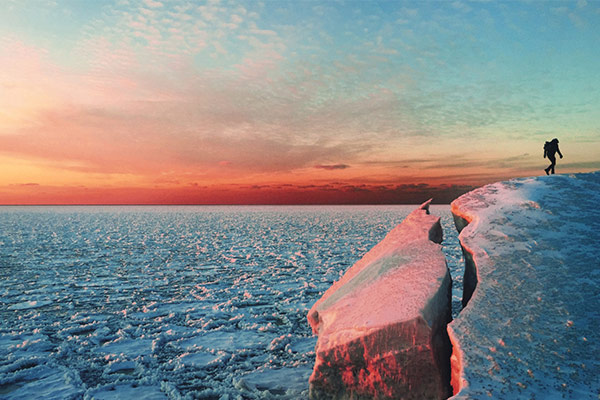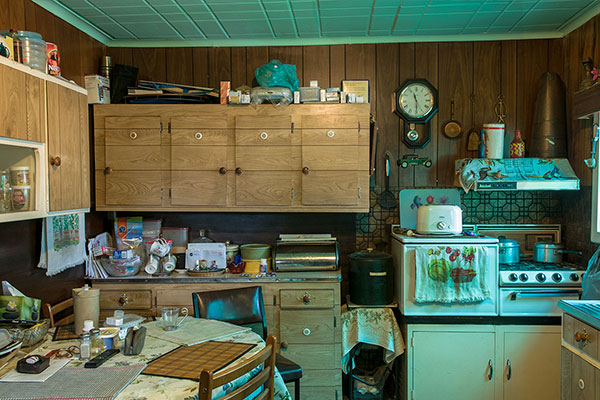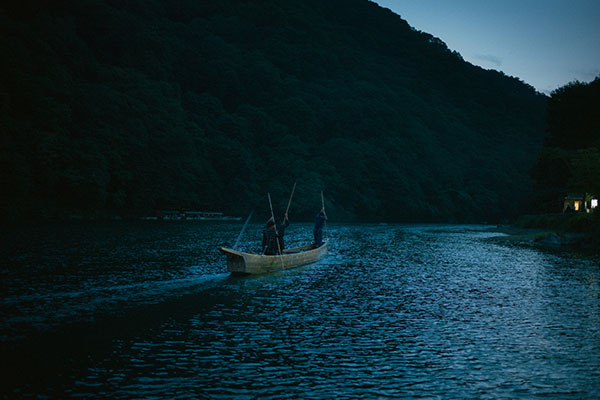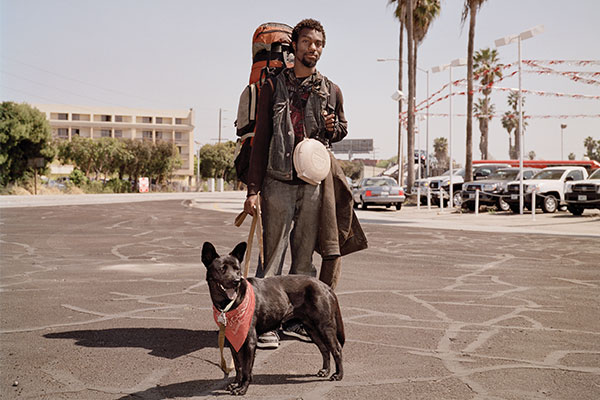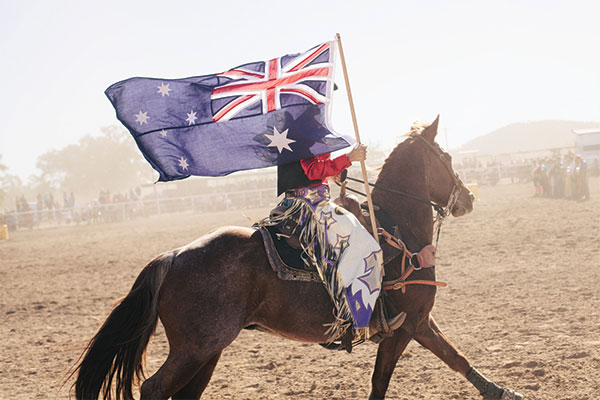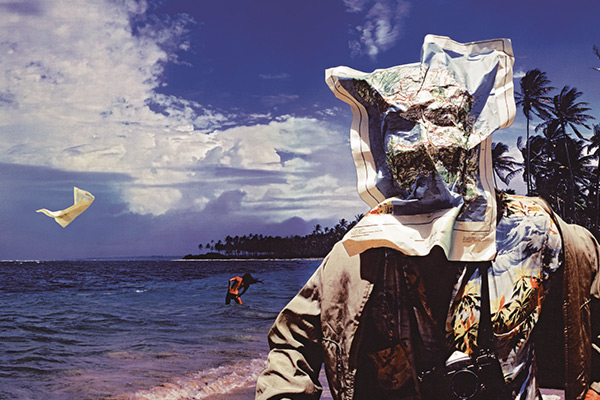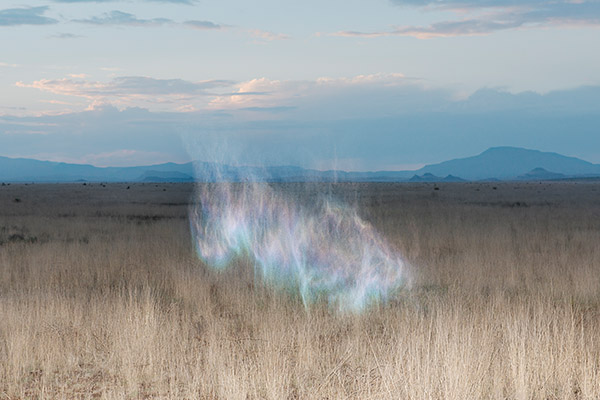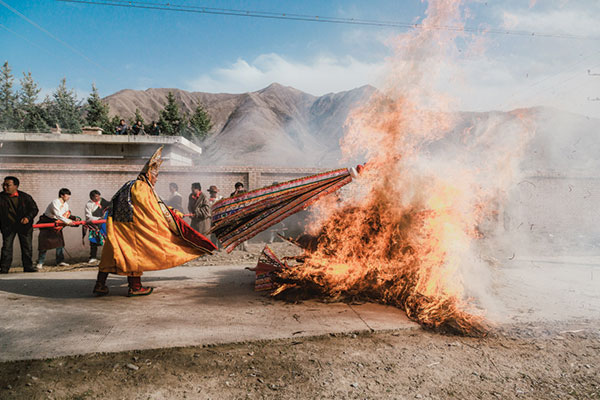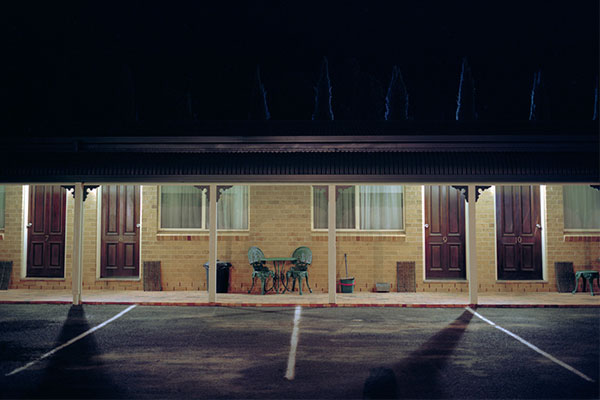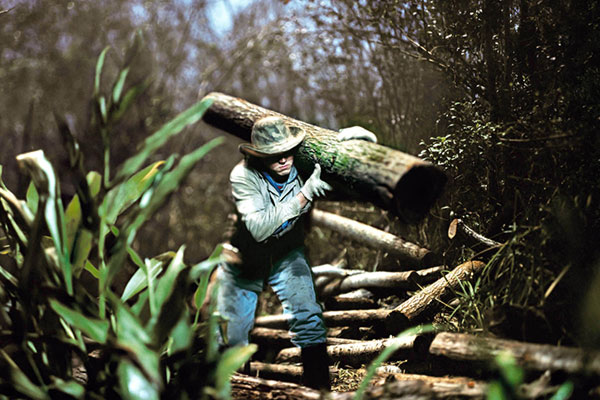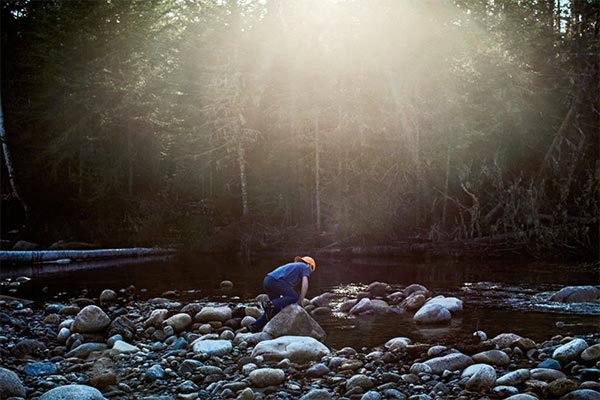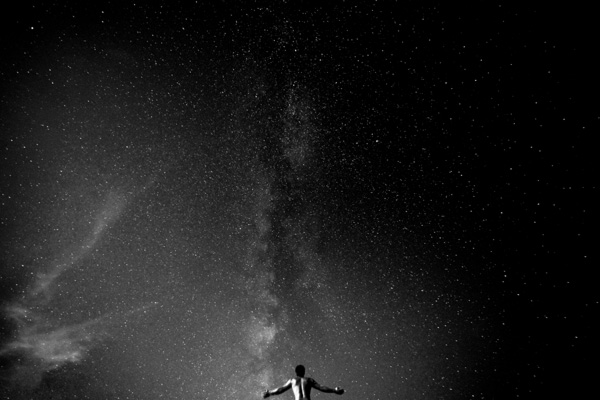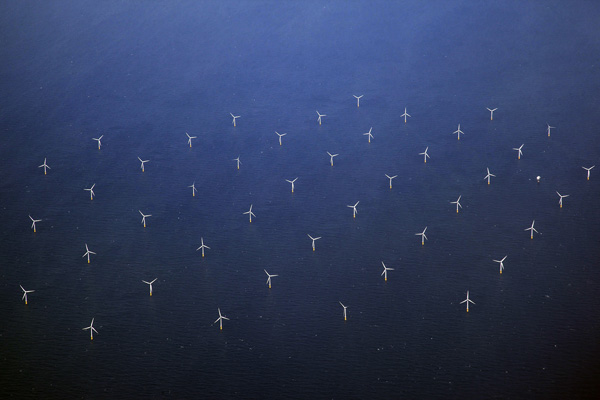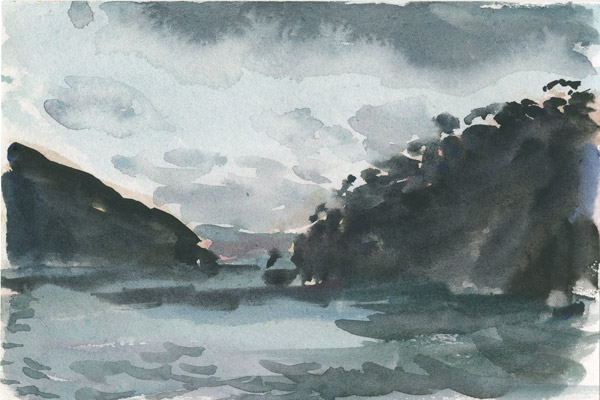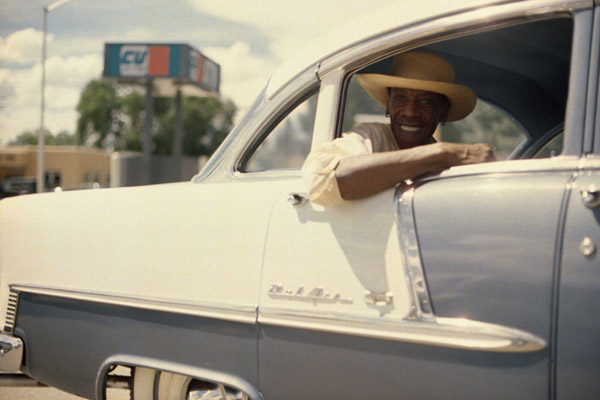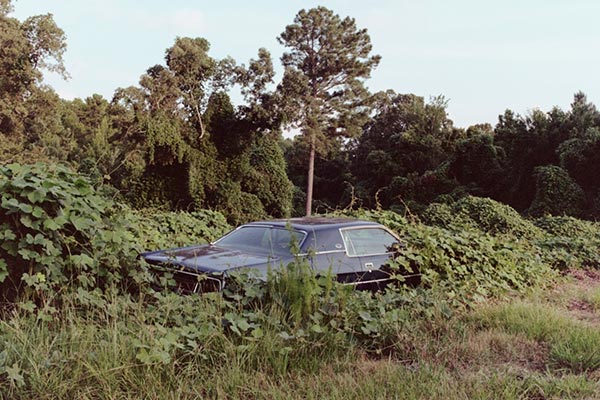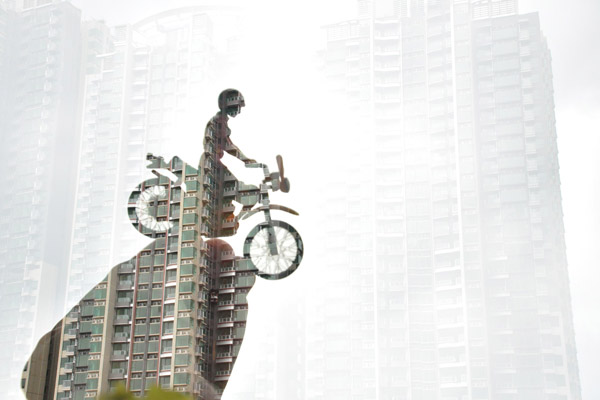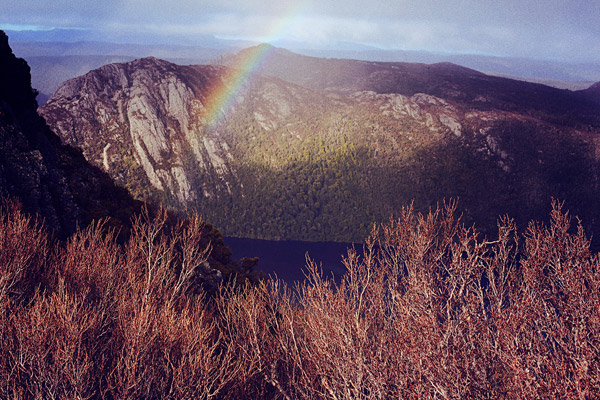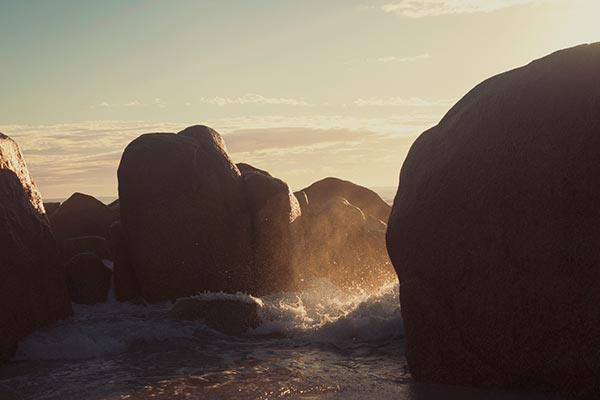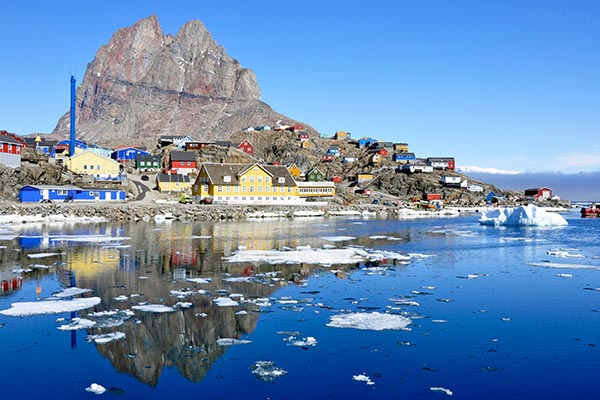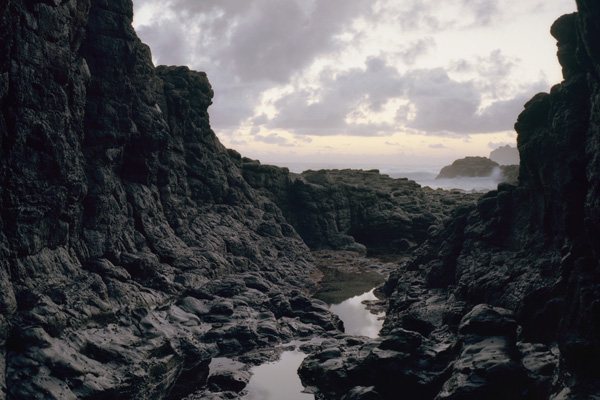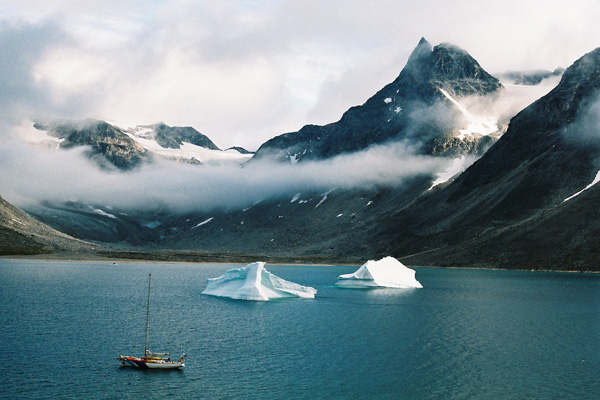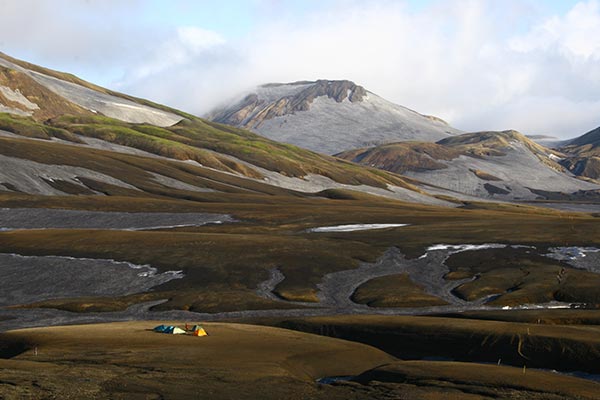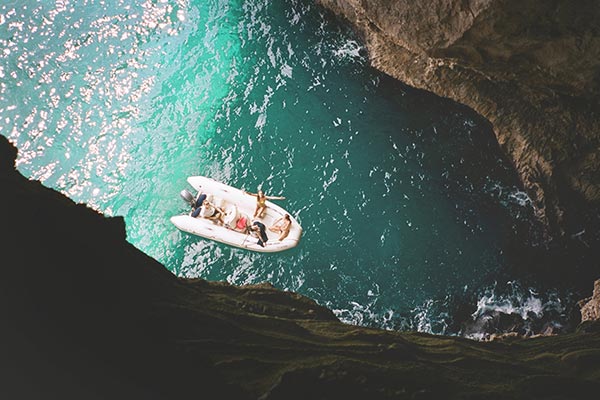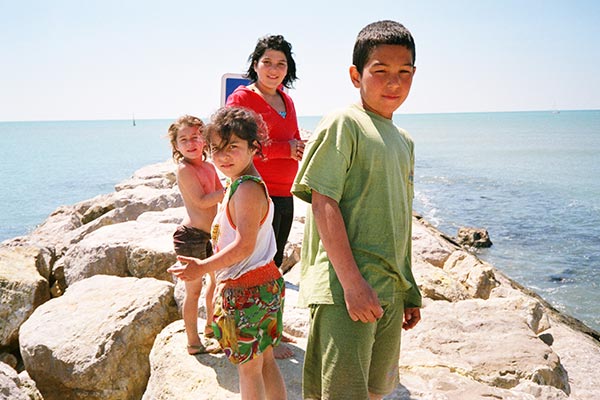Philip Nix is a 24 year-old globetrotting travel and landscape photographer who’s seemingly got the life. Annoyingly young, talented and accomplished we caught up with Nix to put aside any amounting jealousy to see what it’s like, how it’s done and hopefully get some dirt on him – here goes:
First cab off the rank. Being a travelling documentary photographer sounds like everyone’s fantasy job. What did it take for you to get to this point?
The intersection between my photography and love for travel occurred early on, but it took many years for it to manifest in a meaningful way career-wise. I began traveling internationally right around the time I had taken an interest in photography, after which I attended university to pursue it as a career. While studying abroad in Hong Kong I realized that what inspired me photographically wasn’t merely landscapes, or portraiture, or any particular subject or mode of working; instead it was the fascinating people, undiscovered locations, and unique cultures I encountered on my travels.
After graduating I moved to New York City where I began working as an assistant for photographers who were doing travel photography among other things. I have since traveled to numerous countries and photographed a variety of stories that I can pitch to the editors and publications here in the city.
There are two sides to every story. Tell us some of the more difficult things you have to deal with in your line of work that we might not see from the images you take?
On my recent trip to Indonesia I came down with a wicked cold on the plane ride over, so in addition to the jetlag from a 35 hour flight, I had to ride on the back of a motorbike, often in the rain and photograph ceremonies for hours on end while feeling like I could pass out at any moment. It felt terrible in the moment, but I came out of it with images I am very proud of. Behind many of my most worthwhile images there was a journey leading up to it that involved some sort of hardship, whether physically or mentally.
How has travel made an impact on your life and craft?
For me, traveling is a constant learning experience where I come to better understand myself and the places I visit. It is humbling, inspiring, frustrating, fascinating, and so much more – it is an ultimately humanizing experience. With each visit to a new place comes a new understanding, insight, and sense of a place that beforehand was either an abstraction of ideas or a complete unknown.
In terms of craft, travel photography pushes you to photograph so many things well, from portraits to landscapes, from architecture to food, and you have to get it right on a tight schedule and without much gear. It’s taught me that all you need is a good camera, a good lens, and a desire to see things in unique and interesting ways.
Travel is undoubtedly a privilege, something to cherish and enjoy but also something that can have profound impacts on the places we visit for better or worse. Through all your globetrotting, what do you think makes a good traveller?
Be respectful. That is the single most important thing to remember, in my opinion. Respect the people, respect the culture, and respect the land. Before I travel to any location I always make sure to equip myself with some basic knowledge of the people, their customs, their language, and any taboos.
Tell us about your creative process. How much is planned verus how much is just flying by the edge of your seat?
While I’m generally prepared and informed about any location I visit or event I attend, I always try to build in some time for the unexpected, especially for a documentary story. To paraphrase a great mentor of mine, National Geographic photographer John Stanmeyer, “photography is 10% photography and 90% problem-solving built around 100% serendipity”, and that has proven to be true time and time again. Many of the most memorable moments in my photography have occurred through circumstance and serendipity, so I do my best not to overly structure my schedule – deadlines permitting, of course.
What’s your dream project look like?
It would be a project that spans numerous locations, full of breathtaking landscapes, a diverse range of people, and covering a topic that could benefit people in some way. Whether that be new technologies for developing nations or raising awareness for issues like climate change. In the end my dream project would be one that allows me creative freedom while supporting something bigger than myself.
What are some must-haves in your travel kit?
A local SIM card with data is an absolute must-have. I remember sleeping in a mud hut in a remote mountaintop village in South Africa and I still had enough service to use my maps, make calls, and post to social media. To that end, another necessity for me is a portable battery charger that can keep my phone topped up even when there’s no electricity.
Transkei
Can you tell us the background of your series ‘Transkei’?
The opportunity to travel to the Transkei region in South Africa came up when a family friend who runs a nonprofit in the region viewed my portfolio and commissioned me to travel with him for several weeks to document the work of his foundation.
‘Transkei’ has a troubled history; through apartheid, dictatorship and economic/political unrest. What stories or impacts were you able to gather from the people there?
The hardship of life in this region is ever-present. Poverty and unemployment are rampant, access to healthcare is scarce, and HIV/AIDS remains an epidemic for the entire community. The personal stories from the many people I spoke with were ones of survival and hope, misfortune and success. The region remained a tribal homeland for the region’s Xhosa people before, during, and after apartheid, and those tribal traditions remain deeply rooted in the community.
You must have undoubtedly stuck out like a sore thumb. What’s it like being the centre of attention when you’re the one who wants to be a fly on the wall?
Being one of the only white people in the region definitely raises some eyebrows, but I became used to it. After awhile people tended to lose their fascination with me and go about their business, and that’s when I was able to capture the candid moments that are so important to me.
You seem to be able to shoot your subjects from afar as well as in what appear to be very intimate settings. Do you work hard to gain trust? Or is it something that just happens along the way?
I would say it’s a combination of both. I worked hard to gain people’s trust by getting to know them, talking with them, letting them know I wasn’t there to exploit or misrepresent them, and many times I just left my camera in the truck. I also had my local guide, Zuko, who ended up becoming a great friend of mine, and he was able to translate and give me a deeper insight into the culture and customs that I was witnessing. Local friends and fixers are a must when going off the beaten track.
What did you hope to gain from this piece and what has been the response?
I wanted to create something unique and memorable, and I enjoyed being able to photograph something that furthered my own artistic pursuits while also helping a foundation that is doing great work for the people in this region. Thankfully the response has been very positive both from the people I met in the Transkei as well as those in the photo industry.
Safari
How did you find yourself on safari in southern Africa?
After my excursion in the rural villages of the Transkei I spent time along the coast of the territory, drove down south where I stayed at a private game reserve, and then flew to Zimbabwe to visit the legendary Victoria Falls.
What can you tell us about the state of animal/environmental conservation in the region you visited?
The game reserve I visited does an excellent job of fostering a wide variety of Africa’s most iconic wildlife – such as lions, giraffes, elephants, and rhinos – all while educating visitors and guiding them through the thousands of acres of reserve in a classic Range Rover. The reserve lies not far from Kruger National Park, where poaching has been a serious concern, however, this reserve thankfully didn’t have such problems.
Any stories from your trip that you care to share?
While seeing the incredible African wildlife and experiencing the epic landscapes of Victoria falls were all incredible, one of my most memorable experiences was more personal, more human. I stayed on the coast with some Xhosa friends I had made in the Transkei, and we all made the decision to swim in the Indian Ocean together.
Siseko, whom I had met a week before, was wary of stepping foot in the water, since in Xhosa culture the sea is fraught with spirits and mystical dangers. For him, stepping foot in these waters was a massive leap outside of his comfort zone, but after much egging on by myself and the others, in he stepped, in he waded, and in he dove. We all emerged soaked, freezing, and full of smiles and uncontrollable laughter. All of us had faced the rough waves and icy cold waters and triumphed over the sea together. It was an amazing experience, and one that summarized the whole trip to Africa for me – going outside of our comfort zones and becoming brighter and bolder human beings!
Chinatown
What gave you the idea to shoot in Manhattan’s Chinatown?
I moved to New York City a little over two years ago, and one of the things that struck me most is the diversity and internationality of the city. Manhattan’s Chinatown is the purest distillation of that influence that I have seen – it’s like stepping into another country.
Chinese have been in New York for almost 150 years. As someone who’s actually travelled to China, what can you tell us about the differences/similarities that exist between Chinatown and its country of origin.
The magic of Chinatown is that it is a celebration and continuation of what so many Chinese immigrants left behind, and in many ways it is identical to so much of what I’ve seen in Hong Kong and elsewhere. The pungent aroma of traditional chinese medicine wafting down the streets, artisans hand making noodles and hanging roasted meats in their windows, neon signs flashing Cantonese characters – it’s all very reminiscent. Having such a vibrant and authentic nest of culture so close to me is one of the many things I love about this city.
Interview by Ben at AHB with Philip Nix
Receive a postcard from us sign up


